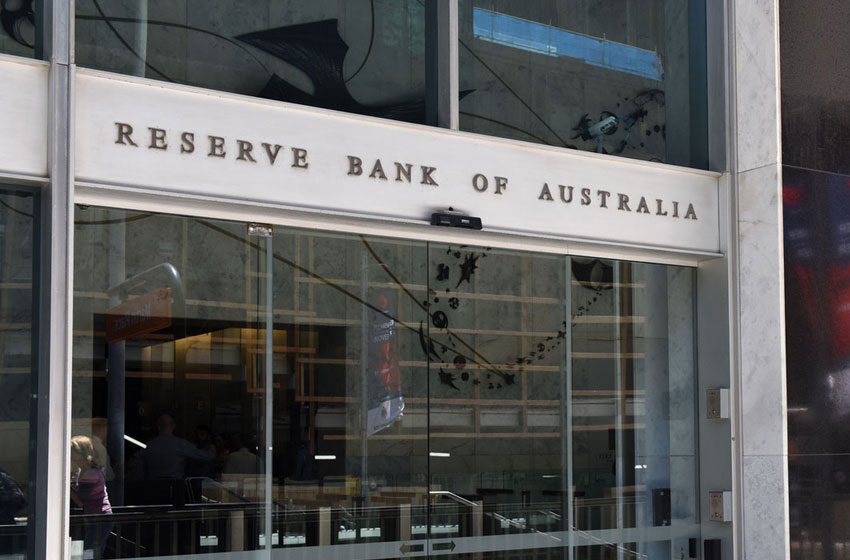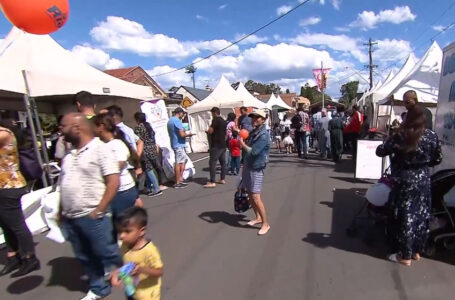What is Cash Rate, and how does it affect Australians?

The Reserve Bank of Australia makes a crucial announcement every month except January regarding the fluctuations of the official cash rate. This announcement clarifies if the cash rate remains the same or goes up and down; it impacts the banks, lenders and the country’s general public.
What is the cash rate, and how does it affect the public? Read below to find out more:
What is the Cash Rate?
The cash rate refers to the figure that the Reserve Bank of Australia (RBA) sets and indicates the interest that banks and lenders have to pay depending on the money they borrow. Furthermore, RBA describes it as “the overnight money market interest rate” because the banks often lend money to each other and complete the transfer overnight. So, the cash rate refers to the interest that banks must pay to borrow money in these transactions.
What is the Current RBA Cash Rate: 3:10 %?
Australia’s central bank is the Reserve Bank of Australia, and it is responsible for regulating monetary policies; it plays a significant role in maintaining the strength of the nation’s financial system. Besides, its charter highlights three key duties, which are as follows:
- The Bank’s board must work dedicatedly to provide stability to Australia’s currency.
- Ensuring Australia’s full employment.
- Ensuring Australia’s economic prosperity and people’s welfare.
However, a vital RBA board task includes establishing the official cash rate; the board holds meetings on the first Tuesday of every month except January and discusses monetary policy. Additionally, they discuss whether they should change the cash rate or not; the meetings help to conclude either of the three things:
- Lower the cash rate with the aim of stimulating borrowing and spending in the economy.
- Increase the cash rate and keep inflation under control.
- Keep the cash rate at the same level.
How often does the RBA change the cash rate?
The RBA has the authority to change the cash rate during each of its monthly meetings; however, the increased cash rate declared in May 2022 was the first change in more than a year. On the other hand, the board declared the previous change in November 2020 when the RBA reduced it from 0.25 percent to 0.10 percent ( a strategy to alleviate the Covid-19 pandemic’s crisis). Furthermore, the cash had been steady from then until May 2022, when it increased to 0.35 percent, followed by 50 basis points in June and July.
Why does the RBA change the cash rate?
The RBA considers a number of factors, including inflation, employment, and the growth rate of the Australian economy, while deciding about the cash rate.
What is the link between the cash rate and the bank’s interest rate?
RBA’s monthly cash rate announcements are significant and affect how banks and lenders establish their interest rates. However, they are not the only factors; the RBA points out that three factors are noteworthy, which enable banks and lenders to set their interest rates. The factors include funding costs, competition from other banks for borrowers, and the risk of default from existing borrowers.
Does the cash rate affect home loans?
Cash rates do not directly impact home loan interests, and banks and lenders do not feel the need to follow RBA’s decision. Nevertheless, most banks keep an eye on the cash rate and carefully incorporate it into their decision-making while setting the interest rates. Moreover, when the cash rate is low, banks and lenders are expected to provide low-interest rates to new refinancers in the housing market and new home purchasers.
On the contrary, the increase in the cash rate means that home loan rates will go up because banks and lenders absorb and includes the cost of rates rising accordingly.







